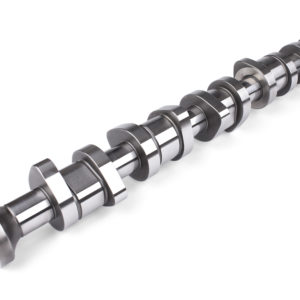Engine technology keeps reinventing itself to meet the rising demand for powerful yet cleaner and fuel-efficient vehicles. A lot of modern vehicles are equipped with a variable valve timing (VVT) system, which improves the engine’s performance while still allowing the vehicle to be highly fuel-efficient.
The P0024 code sets when the vehicle’s powertrain control module (PCM) perceives a problem with the camshaft’s position in relation to the crankshaft. What does this code mean, exactly? How does this code register and are there indications that you’re dealing with this issue? Read this short but informative guide to know more about the engine code P0024.
What Does the P0024 Code Mean?
Diagnostic trouble code (DTC) P0024 stands for “Exhaust “B” Camshaft Position-Timing Over-Advanced (Bank 2).” The “Bank 2” in this definition refers to the part of the engine that does not contain the cylinder #1. Note that the definition of OBD-II codes will vary depending on the vehicle manufacturer. For more information on this code and other OBD-II codes, it’s best to consult a repair manual or database.
The VVT system is used in engines to allow better performance and fuel mileage. It adjusts the timing of the camshaft in relation to the crankshaft, thereby altering when the valve’s open and close.

The camshaft is a device that allows the intake and exhaust valves to open and close in a precise and timed manner. The camshaft is connected to the crankshaft via a timing belt or chain. A camshaft position sensor (CMP) is mounted on the camshaft itself or on the camshaft sprocket. The vehicle’s PCM then uses the information gathered by the CMP to monitor the speed and the position of the camshaft(s).
P0024 sets when the cam timing exceeds a set limit or is over-advanced. In other words, this code registers when the PCM determines that the exhaust camshaft (exhaust camshaft “B” in this code’s definition) is not in its proper position in relation to the crankshaft. The check engine light or the malfunction indicator lamp (MIL) will also illuminate as a result of this issue.
An in-depth knowledge about camshaft angle and variable valve timing systems can help you come up with a proper DIY fix for code P0024.
What are the Possible Causes of the P0024 Code?
Most OBD-II codes will have multiple possible causes. The DTC P0024 is no exception. Below is a list of the most common reasons why the P0024 code sets:
- Camshaft variable timing solenoid failure
- Low engine oil level
- Incorrect engine timing
- Engine oil does not meet the manufacturer’s requirements
- Variable valve timing actuator failure
- Worn timing chain
- Faulty timing chain tensioner or guide
- Circuit problems, such as damaged wires or poor connections

What are the Common Symptoms of the P0024 Code?
There are several signs that will warn you if you’re dealing with a P0024 engine code. The list below includes some of the most common symptoms of this error code.
- Check engine light
- Hard-starting engine
- Rough running engine
- Stalling
- Rattling/knocking from the engine
- Decreased fuel economy
- Failed emissions test
- Potentially other symptoms
How to Diagnose the P0024 Code
Diagnosing the P0024 code may pose a challenge, especially to new DIYers. Like most OBD-II codes, there are several possible reasons why the P0024 code sets. Pinpointing the exact cause can be difficult if you don’t know what you’re looking for.
Luckily, there are several resources you can use to assess the situation. Repair manuals and databases are the best options because they have detailed and specific information as well as easy to understand diagrams and illustrations. Aside from these, there are also a lot of online resources and videos for the visual learners out there.
How to Fix the P0024 Code
Arriving at an effective solution to OBD-II codes such as the DTC P0024 can be difficult because of a couple of issues. First, vehicles are made and oriented in different ways, depending on the manufacturer. That’s why troubleshooting steps and solutions for OBD codes will differ from vehicle to vehicle. Second, as mentioned above, you’ll have to rule out several possible causes of a trouble code to arrive at an accurate diagnosis.

While repair manuals and databases may help seasoned DIYers, new DIYers who are not confident with their skills may need to see a mechanic or technician for repairs. This is to avoid mistakes during the troubleshooting process that may aggravate the situation even further.
Other Notes About P0024
P0024 has high repair importance and difficulty. As mentioned above, some of the effects of this code include lowered fuel economy, rattling noises from the engine, and engine stalling. If you continue to drive your vehicle while this code is set, you may risk severe damage to several engine components.
Where to Get a New Variable Timing Solenoid for Your Car
A failed or damaged variable timing solenoid could cause the P0024 code to be logged by the vehicle computer. The good news is that shopping for direct-fit replacement parts is quick and easy with CarParts.com.
Our user-friendly website has everything you need. Enter your vehicle’s specifications into our vehicle selector to filter the catalog to compatible parts for your car.
Pick from our selection of replacement parts and accessories sourced from the industry’s most trusted brands. All our products have passed strict quality checks, so you’re sure to get parts built to last.
Feel free to contact our team via our toll-free hotline. We’re available round the clock to assist you.
Shop and get the best deals today!
Products Mentioned in this Guide
Any information provided on this Website is for informational purposes only and is not intended to replace consultation with a professional mechanic. The accuracy and timeliness of the information may change from the time of publication.


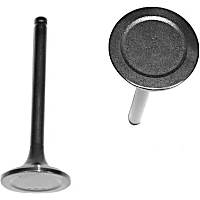 Exhaust Valve
Exhaust Valve
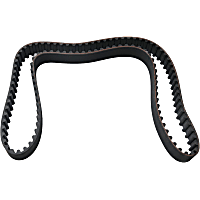 Timing Belt
Timing Belt
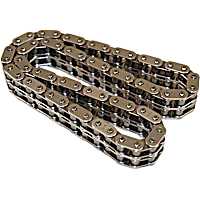 Timing Chain
Timing Chain
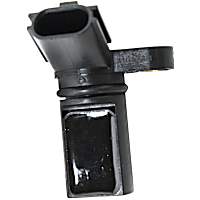 Camshaft Position Sensor
Camshaft Position Sensor





